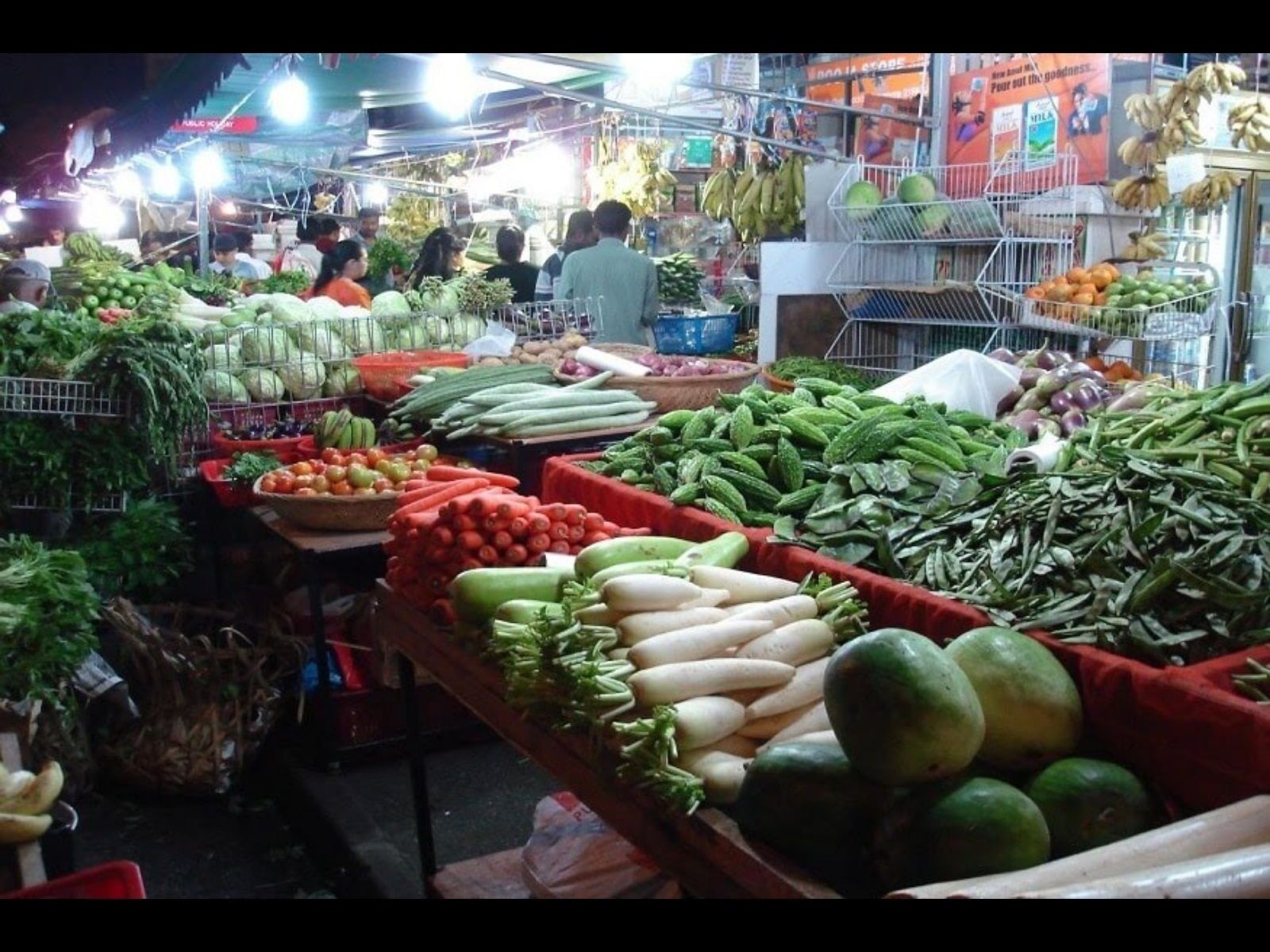Troubled times

The red flag around possible stagflation in India is once again being raised as the economy faces economic shocks one after another. The debate had gained momentum in the years preceding the pandemic on account of steep economic downturn, and now skyrocketing international oil prices are causing wider apprehension. Similar contemplations are being made in the West as well but the reasons for India may deviate from that for the countries directly / closely involved in the Russia-Ukraine war. Stagflation — coined by Iain Macleod in 1965 — is a hybrid term combining stagnancy in growth, and inflation. The West went through severe stagflation in the decade that followed. Normally, growth and inflation are both seen as proportional to increase in demand, meaning that the rise in prices are paralleled by economic growth. Stagflation, however, is a rare situation where inflation peaks but growth remains stagnant. National Statistical Office's growth estimates for the Indian economy in the Q3 of the preceding fiscal stood at 5.4 per cent — three percentage points lower than the quarter two. Normally, the third quarter is expected to provide higher growth as it corresponds to the season of festivals. At the same time inflation was also touching the peak limit of six per cent in January this year. So, why is the stagflation threat looming over the Indian economy. Though these are interrelated, one can try and analyse the reasons for slump in growth and rise in inflation separately for the sake of clarity. The basics of economics tell us that growth is an outcome of a balance between demand and supply. There were certain hiccups in the supply of cereals and other products during the past quarters but the major reason behind India's declining growth story is the shortage in demand. Unemployment rate in India, which was significantly high in the pre-pandemic years, may have hit record low levels during the pandemic which rattled the informal sector in an unprecedented manner. As people lost their incomes, they started spending less — negatively impacting the circulation of money in the economy. The uncertain air and apprehension brought out by the pandemic also deterred people from investing — a large chunk of the available money was reserved for health and security reasons. Meanwhile, the population also witnessed persistent rise in the prices of the oil — even during the initial months of the pandemic when international oil prices touched the bottom. While that may have earned the government the money required for funding growth and other things, it junked the engine of growth — the demand side of the economy. Presently, the situation is largely out of the Indian government's control as the international oil prices are incumbent on external factors like war and sanctions against Russia. The prices of international oil have already shot up to USD 130 a barrel. Things may further worsen if the US imposes sanctions on Russia. It must be understood here that besides the territorial war between Russia and Ukraine there is a larger geopolitical, economic, and energy-related battle between Russia and the West, particularly the US. Both the superpowers are covertly fighting for larger markets for their oil products. Even if sanctions are not imposed on Russia, the ongoing war is enough reason for India and other nations to be apprehensive of. Experts fear that the current events may lead up to a cyclical problem of slow growth and high prices for a long time to come. Apart from these factors that have put us into a vulnerable position, there have been certain policy lapses from the part of the government as well. Both the monetary and fiscal stances of the government have proved to be highly inefficacious in dealing with and preparing for the situation. RBI's projection that the inflation will ease down to 4 per cent by 2023 after its peak of 6 per cent, may be heavily flawed. In fact, with the threat of international oil prices increasing exorbitantly, the RBI's gamble may end up with awry results. More importantly, India is not just witnessing Consumer Price Inflation in food, the core inflation (which doesn't figure in food inflation and energy prices) is also reported to have been around six per cent over the past few months. The Economic and Political Weekly reported that "higher core inflation in India indicates that the current surge in the prices is not because of any short-term volatility but that it is a more permanent trend". Also, The Central bank's simplistic assumption that with increase in supply of rabi crops the inflation would be toned down makes little sense. The demand factor for growth appears to be outrightly overlooked. The government's decision to provide a boost to growth through capital expenditure in the budgetary allocation will likely improve the situation to a certain extent. Also, consumer spending is showing signs of improvement after the Omicron wave. But the Q4 results will have to be closely watched for — the quarter was again rattled by the Omicron wave of the pandemic and, conventionally, registers lower growth than the third quarter. While no solution seems to be in sight for the prospective rise in inflation on account of high international oil prices, it remains to be seen to what extent the government will be able to augment demand for higher growth and ward off the threats of stagflation. Things don't appear conducive at the present moment though.



